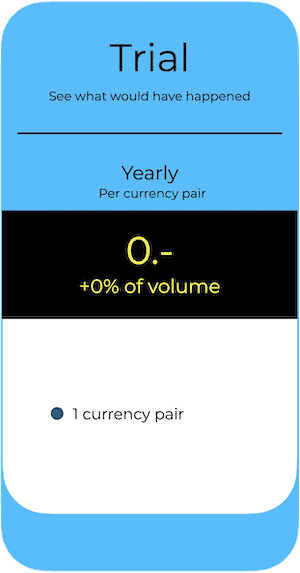In the medium term, the pressure exerted by the US is causing Asian countries to form closer ties with each other. Meanwhile, China is presenting itself as a stable haven and increasing its activity in Asia and beyond.
The West’s High Level of Debt is its Achilles Heel
When I compare Asian economies with those of the US and Europe — as well as Japan — the debt situation in Asia appears relatively harmless. Given the mostly growing population, it is also sustainable. This is difficult to imagine in Europe and the US; only tremendous technological progress could alleviate Western debt and population issues.
Increased Trade Within Asia
As Western trading partners become more difficult to work with, Asian producers are focusing more on their own consumers.
Following Trump’s first term in office, China started to shift its exports and production capacities more heavily towards Asia. Back in 2021, I wrote that Asian countries with strong education systems would reap the rewards of geopolitical conflicts. This is now evident not only in the form of stronger relations between these countries, but also in the establishment of American, Chinese and European companies in the region.
Is There a High Correlation With the USD in Question?
From the perspective of a company preparing its financial statements in euros, the performance of many Asian currencies has been closely linked to that of the USD. Only the Thai baht (THB) has shown relative strength during periods of medium-term USD weakness.
However, overall, the THB has fluctuated remarkably in parallel with the EUR/USD over the past 25 years.
What’s Next for the USD?
The setting suggests further USD weakness:
- In order to successfully implement part of its agenda, the US needs a weaker USD.
- According to all valuation rules, the USD is overvalued against all currencies. Despite its decline, it is still overvalued by 15–20% against the rest of the world.
- The overvaluation is even stronger against the JPY, CHF and EUR, in that order. The overvaluation against the Swiss franc may be surprising, but it is significant.
- The rise in US stock markets was a key factor in the strength of the USD. Over the next decade, however, the focus is likely to shift towards emerging markets, commodities and infrastructure companies, in which Europe and Asia have many undervalued offerings. (End of one-sided asset allocation.)
China Becomes the Most Important Trading Partner => Less Significance for USD
Therefore, it seems logical that Asian currencies will become less dependent on developments. In my opinion, this will lead to increased volatility against the US dollar, making it somewhat more difficult to assess developments against the euro.
This will not be a sudden, revolutionary process. However, it will exacerbate the weakness of the USD, which is already being affected by lower demand for the USD as a trading currency. The same applies to the euro.
As a global currency, the USD follows the laws of supply and demand worldwide. The boom in demand of the last 15 years appears to be coming to an end, which suggests that a bearish trend is beginning for the USD.





